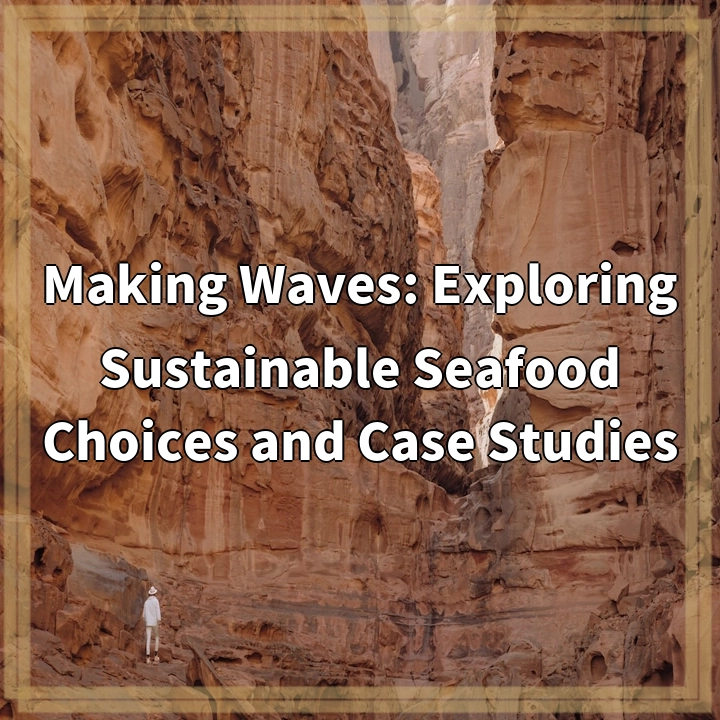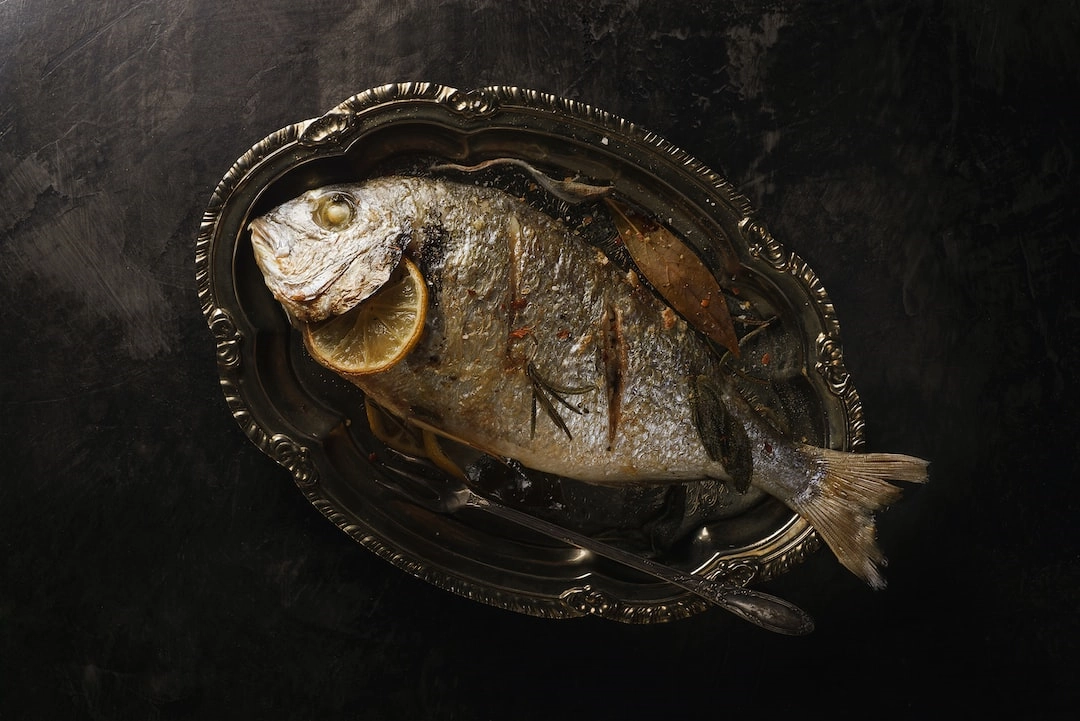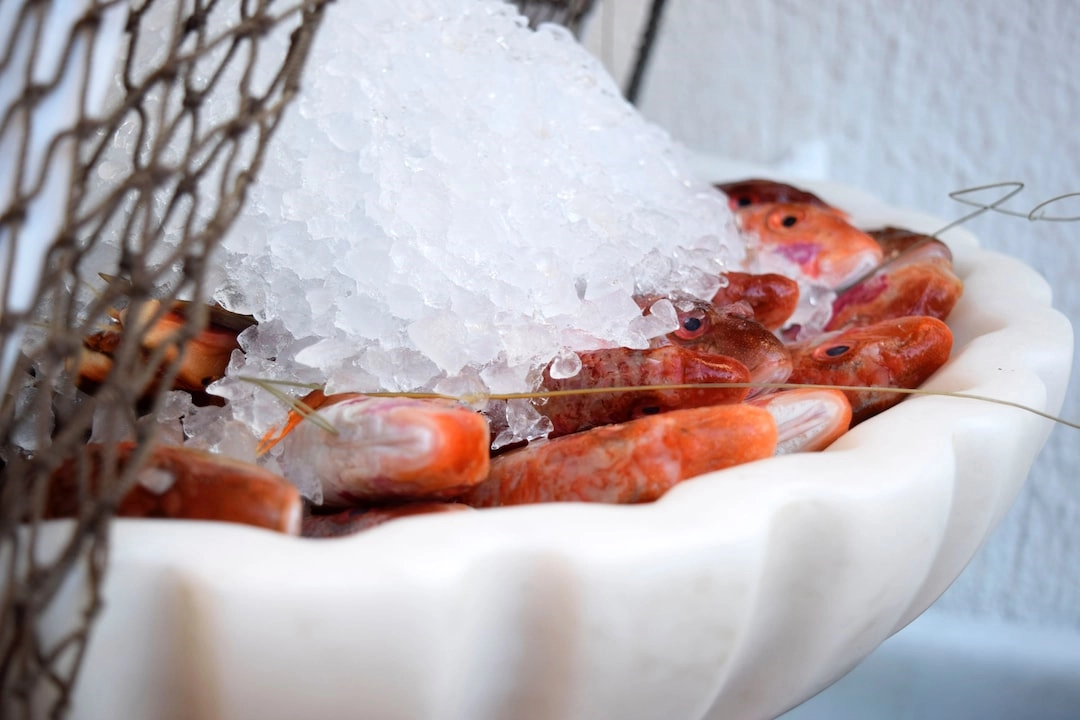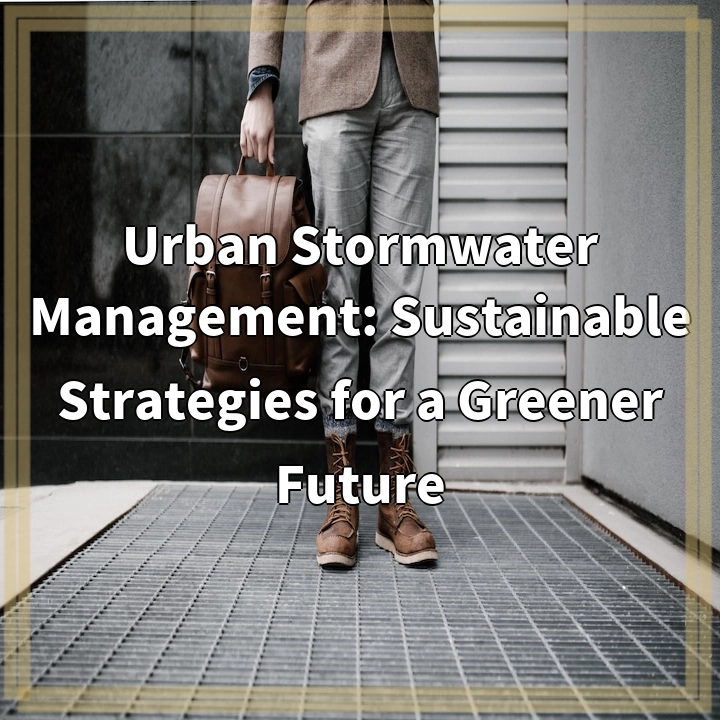
What it is:
Sustainable seafood choices refer to the practice of making informed decisions when consuming seafood to ensure the long-term health of marine ecosystems. It involves selecting seafood options that are harvested or produced using methods that minimize negative environmental impacts. This approach aims to protect marine biodiversity, fish stocks, and habitats, while also promoting the well-being of coastal communities.
Real-World Problems Associated with Sustainable Seafood Choices:
Overfishing:
Overfishing is a significant issue that affects the sustainability of seafood choices. Many fish species are being captured at a rate faster than they can reproduce, resulting in declining populations. This threatens the balance of marine ecosystems and the livelihoods of fishing communities. It is important to choose seafood that comes from well-managed fisheries or sustainable aquaculture practices to help combat overfishing.
Habitat Destruction:
Unsustainable fishing practices can lead to habitat destruction and degradation. Some fishing methods, such as bottom trawling, can cause significant damage to seafloor ecosystems, destroying corals and disturbing sensitive habitats. By opting for sustainably sourced seafood, we can reduce the demand for practices that harm crucial marine habitats and promote the conservation of fragile ecosystems.
Bycatch and Discards:
Bycatch refers to the unintended capture of non-targeted species during fishing operations. This can include endangered marine animals, such as sea turtles, dolphins, and seabirds. Additionally, a significant amount of seafood is discarded or wasted due to regulations, quality standards, or consumer preferences. Supporting sustainable seafood choices helps to minimize bycatch and avoid contributing to unnecessary waste in our oceans.
Illegal, Unreported, and Unregulated Fishing:
Illegal, unreported, and unregulated (IUU) fishing poses a serious challenge to sustainable seafood choices. It undermines conservation efforts, harms fish populations, and negatively impacts the livelihoods of legitimate fishermen. By promoting and consuming legally and ethically sourced seafood, we can discourage IUU fishing practices and support the enforcement of regulations that protect marine ecosystems.
Case Studies or Examples:
1. The Marine Stewardship Council (MSC): The MSC is an organization that certifies fisheries and seafood products that adhere to strict sustainability standards. By looking for the MSC label on seafood products, consumers can make more informed choices about selecting sustainably sourced options.
2. Sustainable Aquaculture Practices: In some cases, sustainable seafood choices include selecting seafood produced through environmentally responsible aquaculture practices. Examples of such practices include land-based tank farming or the use of recirculating systems that minimize waste discharge and habitat impacts.
3. Community-Led Conservation Initiatives: Many coastal communities are taking the lead in implementing sustainable fishing practices to protect their local fisheries. By supporting these initiatives and purchasing seafood directly from these communities, consumers can contribute to sustainable fishing practices and help preserve traditional livelihoods.

Solutions for Sustainable Seafood Choices:
1. Supporting Well-Managed Fisheries:
Choosing seafood from well-managed fisheries that follow sustainable practices is one of the key solutions. Look for certifications like the Marine Stewardship Council (MSC) label or guides provided by sustainable seafood organizations to identify responsibly sourced options.
2. Opting for Eco-Friendly Aquaculture:
Sustainable aquaculture methods, such as land-based tank farming or recirculating systems, can minimize environmental impacts. Supporting seafood produced through these practices ensures that the aquaculture industry operates in a sustainable and responsible manner.
3. Reducing Overfishing with Consumer Demand:
By choosing seafood species that are not overfished and by avoiding species with vulnerable populations, consumers can help reduce the demand for excessively harvested seafood. This encourages fisheries to adopt sustainable fishing practices and supports the recovery of depleted fish stocks.
4. Promoting Selective Fishing and Bycatch Reduction:
Selective fishing techniques, such as using specific mesh sizes and gear modifications, can minimize bycatch. Supporting fishing methods that have low levels of accidental capture helps protect non-targeted species, ensuring their survival and the balance of marine ecosystems.
5. Engaging in Consumer Awareness and Education:
Raising awareness of sustainable seafood choices through educational campaigns, blogs, and social media can help consumers make more informed decisions. Understanding the environmental impact of different fishing practices empowers individuals to support sustainable initiatives and drive positive change in the seafood industry.
In conclusion,
Making sustainable seafood choices is crucial for the health of our oceans, fisheries, and coastal communities. By supporting well-managed fisheries, promoting responsible aquaculture, reducing overfishing, minimizing bycatch, and spreading awareness, we can contribute to the conservation of marine ecosystems and ensure a future with abundant seafood resources for generations to come.















